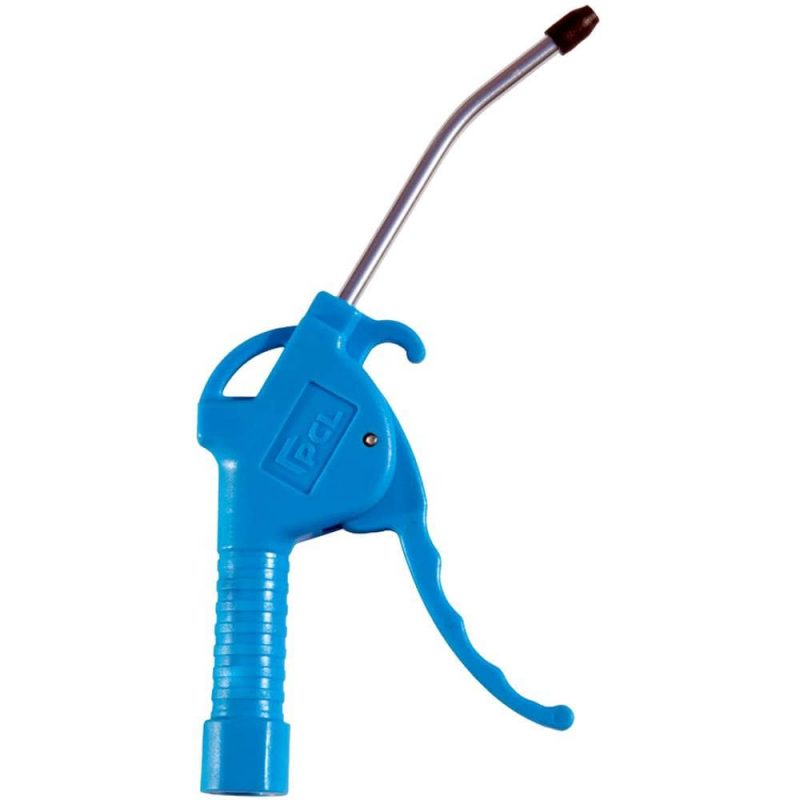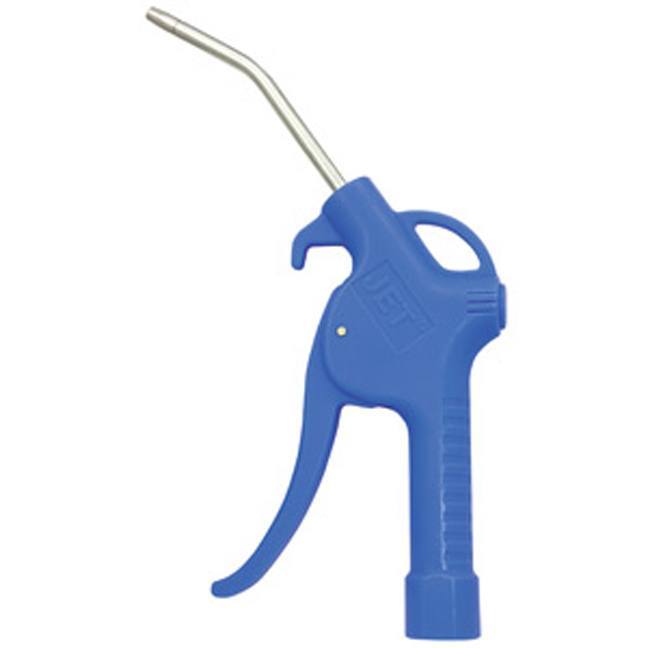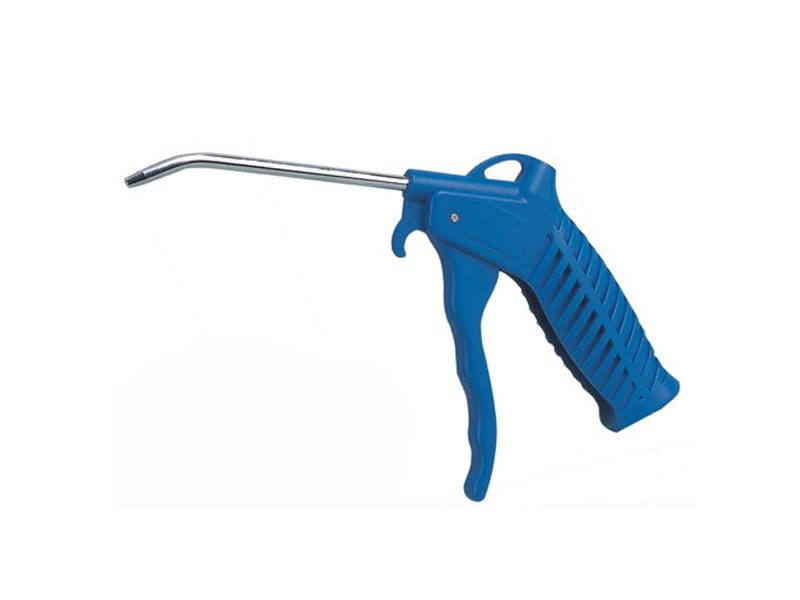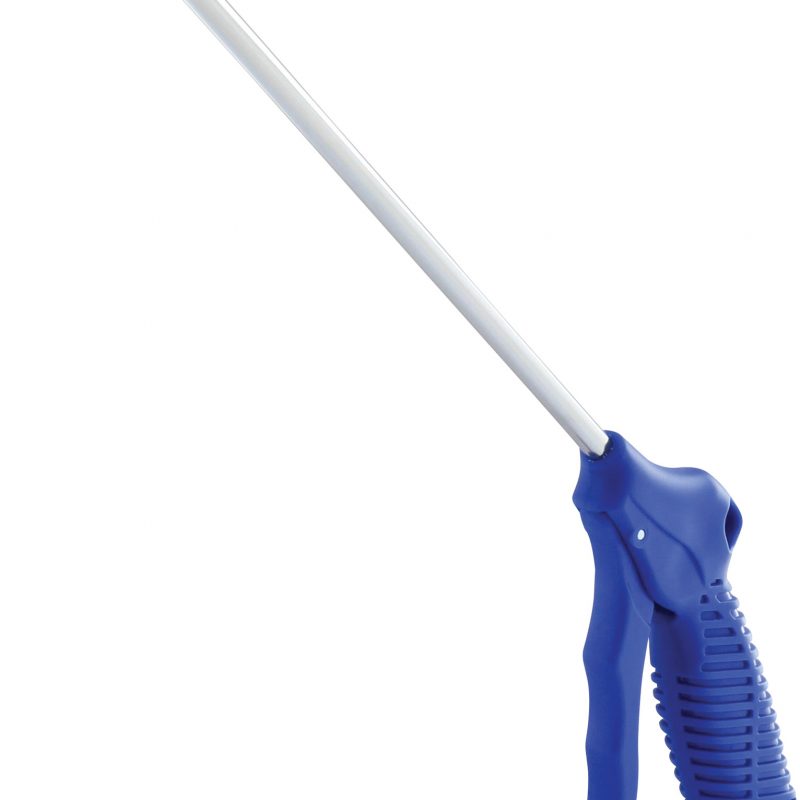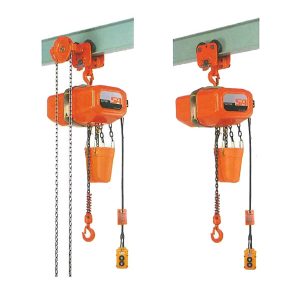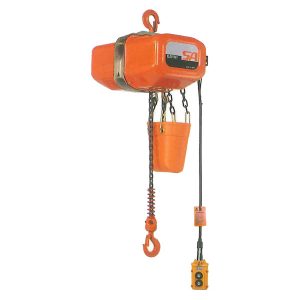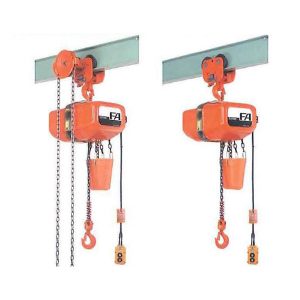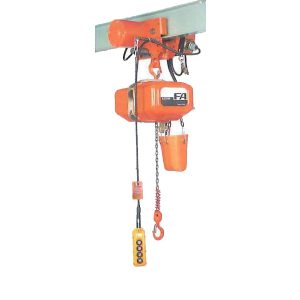Plastic Air Blow Gun
Air blow guns attach to air lines for the manual actuation and/or control of air discharge. They are used primarily for:
- debris removal and purging
- non-contact part cleaning and drying
- general laboratory or industrial applications
Specifications
Specifications for air blow guns include pressure capacity and air line connection type. Pressure capacity, or maximum rated pressure, is rated at the air inlet and measured in pounds per square inch (psi). Many types of air line connectors are available. Quick-release connectors contain fittings that are attached internally. By contrast, push-on connectors include barbed ferrules. Air blow guns use several types of national pipe thread (NPT) connectors, most of which are inch-based and female. Important NPT measurements include threads per inch (TPI) and outside diameter (OD):- 1/8 in. NPT connectors have 27 TPI and an OD of 0.405 in.
- 1/4 in. NPT connectors have 18 TPI and an OD of 0.540 in.
- 3/8 in. NPT connectors also have 18 TPI, but an OD of 0.675 in.
- 1/2 in. connectors have 14 TPI and an OD of 0.840 in.


